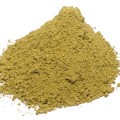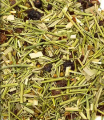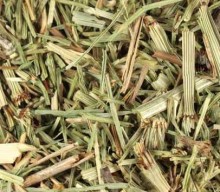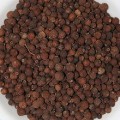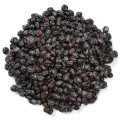 Loading... Please wait...
Loading... Please wait...- Home
- About Us
- Shipping, Returns & FAQ's
- Contact Us
-
For Your Information
- Canadian Customers Have a Choice if Shipping Via UPS
- Aura Cacia Homemade Aromatherapy Recipes
- Bella Nella Altered Art & Paper Crafts Blog
- Forms of Herbal Preparations
- Laundry Tips To Conserve Energy Blog from The Laundress
- The Story of Frontier Natural Products Co-Op
- Sovereign Silver Hydrosol and Aloe Protocol Stops Downward Spiral of Gut Dysbiosis
- Disclaimers
- Recommended Links
- RSS/Recent News
- The Story of Typhoon Housewares
- Reviews/Testimonials
- Raw Ingredients for Mfg
Horsetail (Shavegrass) (Equisetum Arvense) Bulk
Product Description
Resembling very young bamboo slightly, growing as reeds do, Horsetail stems are spreading, branching, joined, and black-tinged, the leaves are tiny and brown tinged, joined to form sheaths. Propagation is by spores produced in sacs in the strobilus (cone-shaped crown of stems.) Spores become airborne gametophytes, germinating into archegonia (egg) or antheridia (sperm). These two meet in water and reproduction begins.
The Latin name Equisetum is from equus, horse, and seta, bristle. The common name is indicative the plant's resemblance to the tail of a horse.
Horsetail is native to Pangaea. Considered to be a living fossil, it has changed very little in millions of years. Essentially identical to their prehistoric ancestors, but for the fact that ancient horsetail, based on fossil evidence, were 100-200 feet in height. Comprising huge forests, arborescent horsetails were dominant in the Carboniferous lowland swamps of prehistoric times. They are given their very own family with only one remaining genus, Equisetum, of 25 species of spreading rhizomatous, flowerless, often marginal, aquatic perennials.
Horsetail is considered to be the highest single-plant source of naturally occurring silica. Silica and oxygen are the most prevalent elements on the surface of Earth. The abrasive quality of its silica-rich texture provides a good polishing agent for use on wood and metal surfaces, resulting in the common name of pewterwort.
The fresh aerial parts of the herb are eaten as a spring vegetable, while the dried herb is used for teas and as a bath herb.
Active Compounds: Minerals: Silicic acids and silicates, Potassium, Sulphur, Manganese, Magnesium; Flavonoids: Quercetin glycosides; Phenolic acids, Alkaloids, Equisetonin, Phytosterols: Cholesterol, Isofucosterol, Campesterol; Tannins.
Safety: Those with kidney disorders or thiamine deficiency should avoid horsetail.
Certified Organic available listed as "Other" in drop-down menu.
Botanical Name: Equisetum Arvense
aka: Shave grass, Common horsetail, Field horsetail, Snake Grass, Corn horsetail, Dutch rushes, horsetail rush, mare's tail, Pewterwort, Scouring rush, Vara de oro
Origin: USA
Notes: Parts used: aerial parts. Kosher Certified. Non-irradiated.
Specifications are subject to change without notice.
* FDA Disclaimer
You Recently Viewed...
Currency Converter
Choose a currency below to display product prices in the selected currency.




